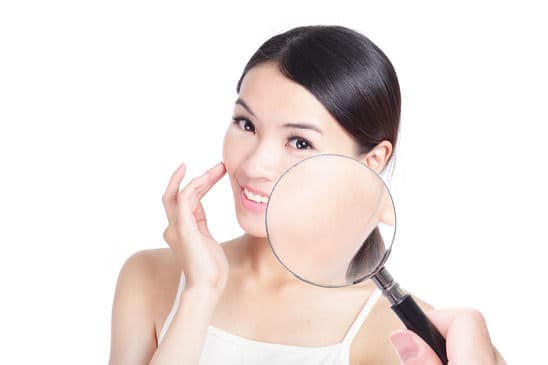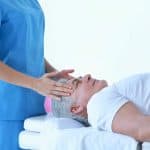

As a massage therapist you are in one of the few professions that physically touches a person on perhaps 90 percent of their skin. A doctor or nurse does not do this, a physical therapist doesn’t either. This is a great responsibility and an opportunity to provide not only healthy touch that helps with all the things you learned about in school – such as circulation improvement, toxin elimination and stress reduction – but in keeping the skin healthy as well.
Skin Anatomy Overview
What most people call skin is made up of three main layers: the epidermis, the dermis and the hypodermis.
- The epidermis is what we see. It is the most superficial of the layers and provides a water-resistent barrier. It is one of the primary barriers against external intruders such as germs, bacteria and viruses. It also offers some protection against the everyday bumps and bruises we encounter. Having this layer means a small cut does not reach the deep layers of the body’s more sensitive tissues.
- The dermis lies just below the epidermis. It contains a layer of touch connective tissue as well as hair follicles and sweat glands.
- The hypodermis is the deepest layer of the skin and is made of adipose and connective tissues.
On an average sized person the skin covers a total area of about 20 square feet, and is the largest organ in the body. It not only acts as protection against germs, but protects us against external elements, helps to regulate internal temperature and enables us to feel the sensations of hot, cold and various degrees of touch.
The skin is somewhat resistant to external intrusion, but it is not impermeable; it is semi-permeable. That is, it does let in certain substances. A thin coating of sebum (a waxy, oily substance produced by the body) helps to keep many things out as well as moisture in. But certain things, like massage lubricants, can penetrate and nourish the skin.
Massage Therapist as a First Line of Defense
To put it bluntly, massage therapists are sometimes the only person to see the client naked. Maybe not all at once, but you do see almost the whole body as the draping is moved around during a session. Unless a person is extremely flexible, a human being cannot get a good view of certain areas of his or her own body either. No matter how well you twist and turn, or try to look in a mirror, the views of the back and neck are difficult, if not impossible, to see well. This goes for backs of arms and legs, too. The average person is also not educated as to what to look for when it comes to skin health.
A massage therapist cannot diagnose. It is well beyond the scope of practice as defined by most state laws. What a massage therapist can do is advise a client to see his or her primary care physician or other healthcare professional if there is a concern.
If you have taken pathology classes, you will be familiar with signs of such things as skin cancer, psoriasis, bull’s eye rashes or fungal infections. A massage therapist can also usually tell the difference between the occasional bruise from an accidental bump versus bruises caused by domestic abuse. (In some jurisdictions a massage therapist may be considered a mandated reporter when it comes to abuse; check with your local massage board or other regulating authority.)
When it comes to seeing some abnormality on the skin, don’t diagnose, but don’t keep silent. As the saying goes, “If you see something, say something.” Just don’t scare your client. Instead, just tell the person that perhaps he or she should see the physician and have the area looked at. You can also have brochures available in your office as handouts with information on skin health.
Recommended Study:
Advanced Anatomy and Pathology
Skin Pathologies
Skin Pathologies II















